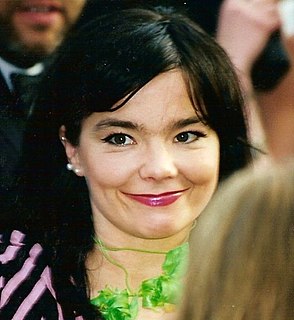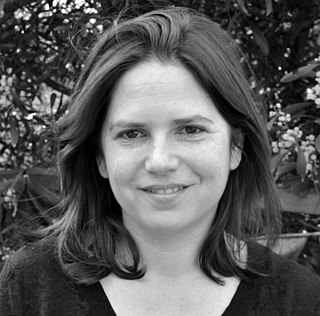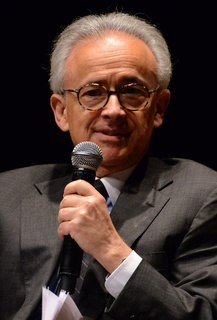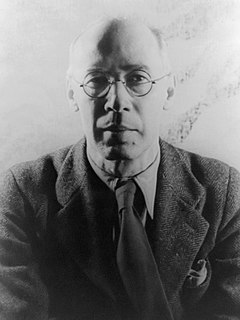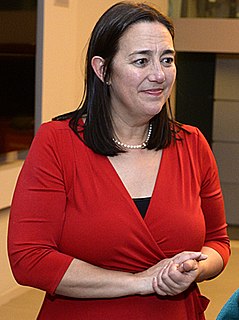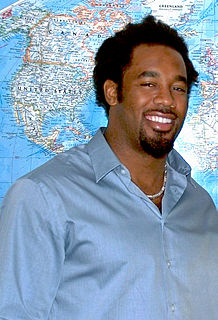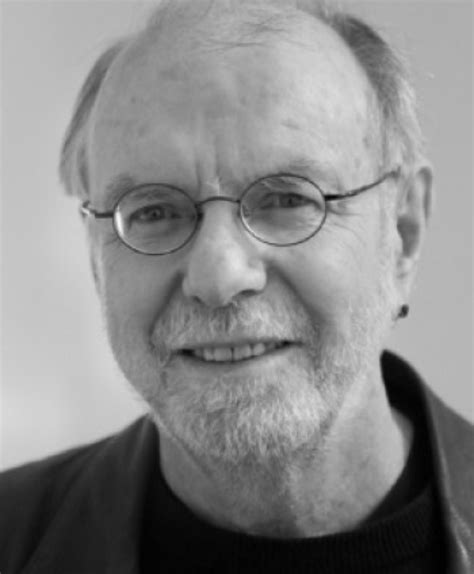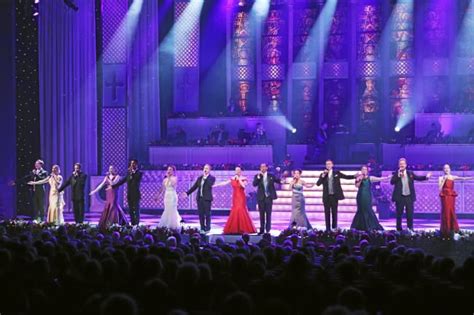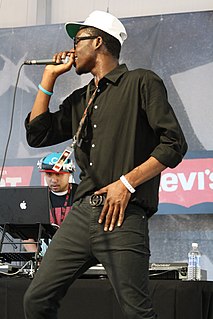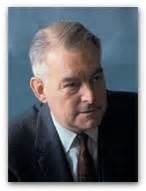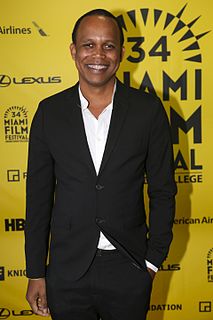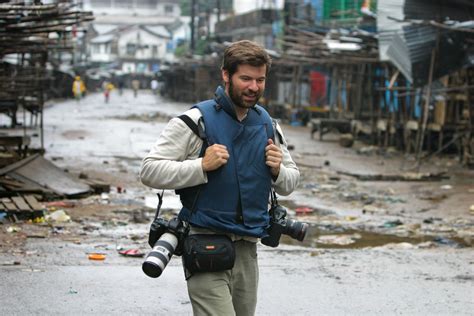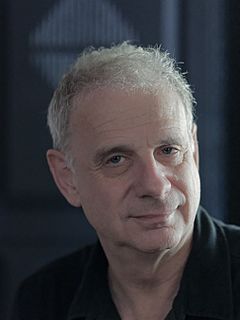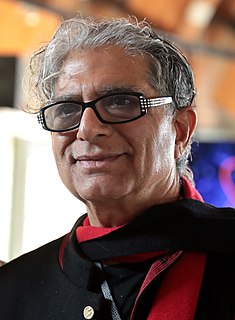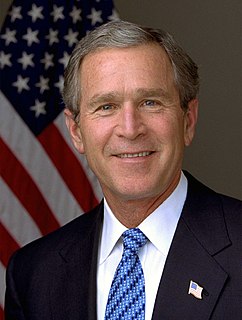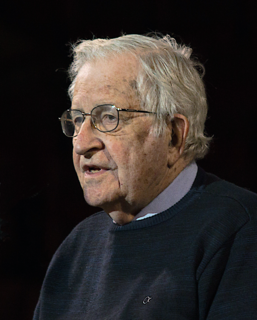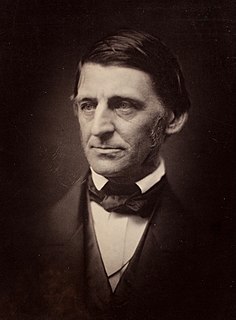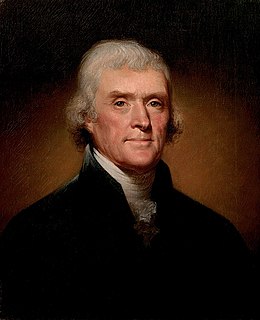A Quote by Martha Manning
The images are visual, auditory, olfactory, kinesthetic. They aren't laid down on the same tracks as thought. And sometimes, when they return to you, it is as if you feel them for the very first time. Memory lives on in the details, like the color of a room, a tone of a voice, the touch of a child, the smell of a man.
Related Quotes
I really like the interplay between thinking of text as ephemeral and thinking of it as a concrete, physical thing. With almost anything that I write, I'll stay completely immersed in the electronic text of it for a period of time and in another period, I'll stay immersed in it as a physical thing that can cut your skin. So with the apocalypses, I had them taped all over the wall and they had codes on them. Sometimes I would color code them in terms of thematic elements, sometimes in terms of voice, sometimes visual forms or images.
You know, mind allows us to portray in different sensory modalities, visual, auditory, olfactory, you name it, what we are like and what the world is like. But this very, very important quality of subjectivity, this quality that allows us to take a distant view and say, "I am here, I exist, I have a life and there are things around me that refer to me." That me-ness, M-E-hyphen, that is what really constitutes consciousness.
These are not books, lumps of lifeless paper, but minds alive on the shelves. From each of them goes out its own voice... and just as the touch of a button on our set will fill the room with music, so by taking down one of these volumes and opening it, one can call into range the voice of a man far distant in time and space, and hear him speaking to us, mind to mind, heart to heart.
I thought back to a childhood memory: the first dead body I'd ever seen was the body of an immigrant washed up on shore. I went back to that memory. As a child, you can't process these types of images in a healthy way. I don't think anyone can, really. So I explored that. These people were buried in mass graves. I don't know if their families ever heard from them again.
Intuition was not just visual but also auditory and kinesthetic. Those who watched Feynman in moments of intense concentration came away with a strong, even disturbing sense of the physicality of the process, as though his brain did not stop with the grey matter but extended through every muscle in his body.

